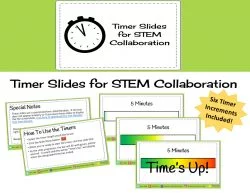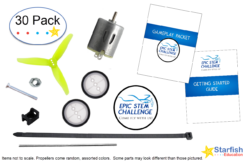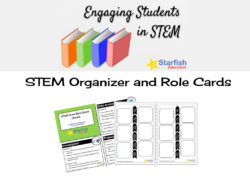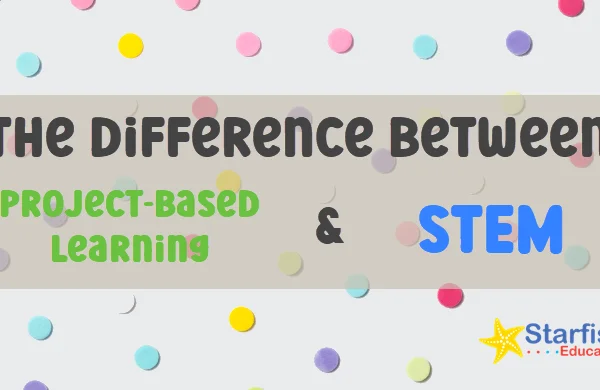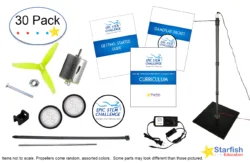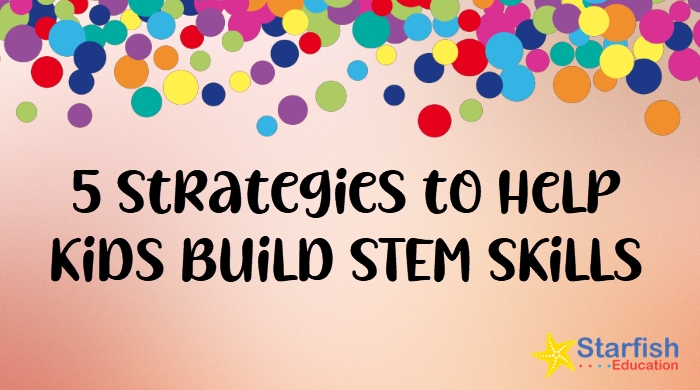
As the demand for STEM skills continues to grow, it is crucial for educators to help students with the knowledge and competencies needed to thrive in these fields. Critical thinking, problem-solving, creativity, and collaboration are essential tools for success in a vast array of careers. But how can teachers ignite a passion for STEM and help their students learn and develop these valuable skills? Here are 5 key strategies:
Embrace Inquiry-Based Learning
Ditch the traditional lecture and become a facilitator of curiosity! Pose thought-provoking questions that encourage students to investigate, experiment, and reach their own conclusions. Also consider using inquiry-based learning techniques that allow students to investigate real-world problems and find solutions. This approach not only engages students but also helps develop critical thinking and problem-solving skills. Need a jump start on some inquiry projects? Look no further!
Make it Real-World Relevant
Connect STEM concepts to real-life applications to demonstrate the practicality and relevance of these subjects. Show students how STEM is used in various industries and how it impacts their daily lives. Making STEM relevant can inspire students and help them see the value of these skills. For a fun, real-world project, try the EPIC STEM Challenge.
Foster Collaboration and Teamwork
STEM fields often require collaborative work, so teach students how to effectively work in teams. Encourage students to work in teams on projects, brainstorm solutions together, and learn from each other’s strengths. Role-playing scenarios, group presentations, and peer review activities all promote teamwork and communication skills. Here are some resources to help students manage time and team roles.
Celebrate Mistakes as Learning Opportunities
Failure is an inevitable part of the Engineering Design Process. Instead of punishing mistakes, encourage students to analyze what went wrong, learn from their errors, and iterate on their ideas. This fosters resilience and a growth mindset, both of which are crucial for success in STEM fields.
Gamification
Learning can be fun! Incorporate game-based elements like simulations, challenges, and point systems to make STEM concepts more engaging. There are many educational games available online and apps that can make learning interactive and enjoyable. Try some review games that you can use for any subject!
BONUS- Become a STEM Champion
Your own enthusiasm for STEM is contagious! Express your own curiosity about science and technology, and encourage students to ask questions. Attend professional development opportunities to stay up-to-date on the latest STEM advancements and keep your teaching methods fresh and relevant.
By implementing these strategies, teachers can create engaging and effective STEM education experiences that foster curiosity, critical thinking, and real-world application of knowledge. Ultimately, these approaches will help students develop the essential skills needed to thrive in the ever-evolving STEM landscape.
Need Some More STEM Ideas? Read On!
Subscribe to Stay Connected!
-
STEM Fair Resources
$16.95 -
Timer Slides for STEM Collaboration
$2.95 -
EPIC Annual Class Pack (30)
$149.95 -
Engaging Students in STEM- STEM Organizer and STEM Role Cards
$2.95


